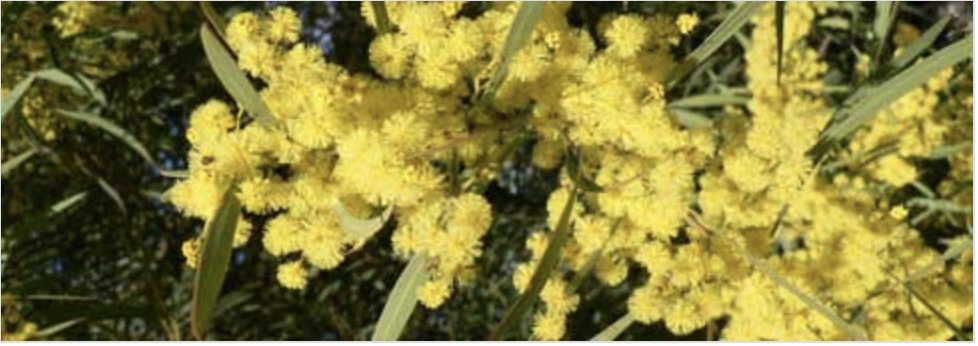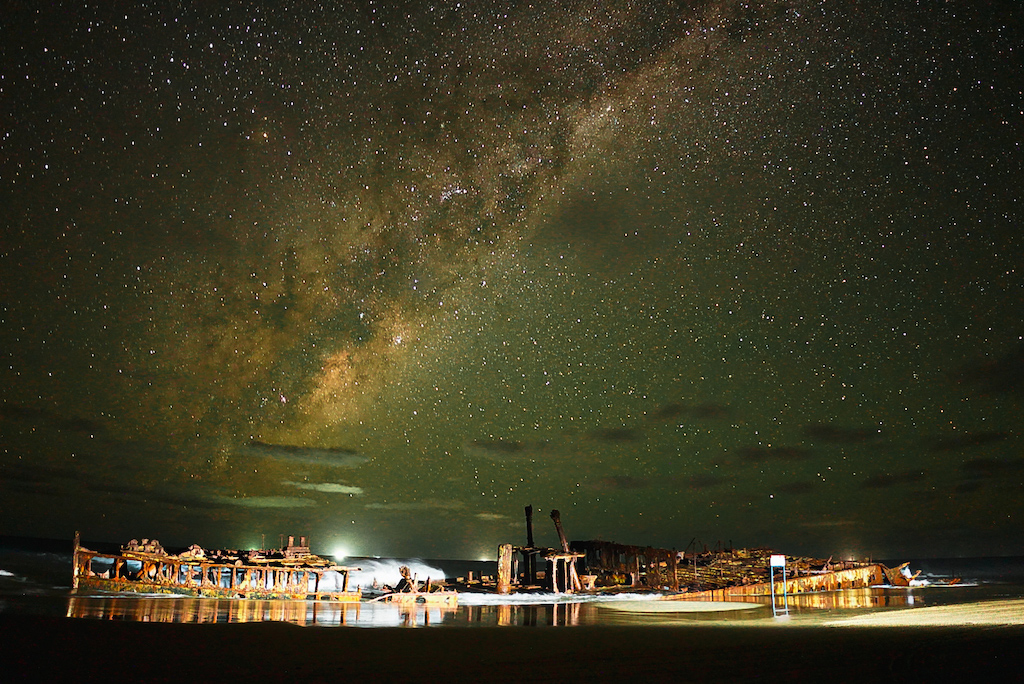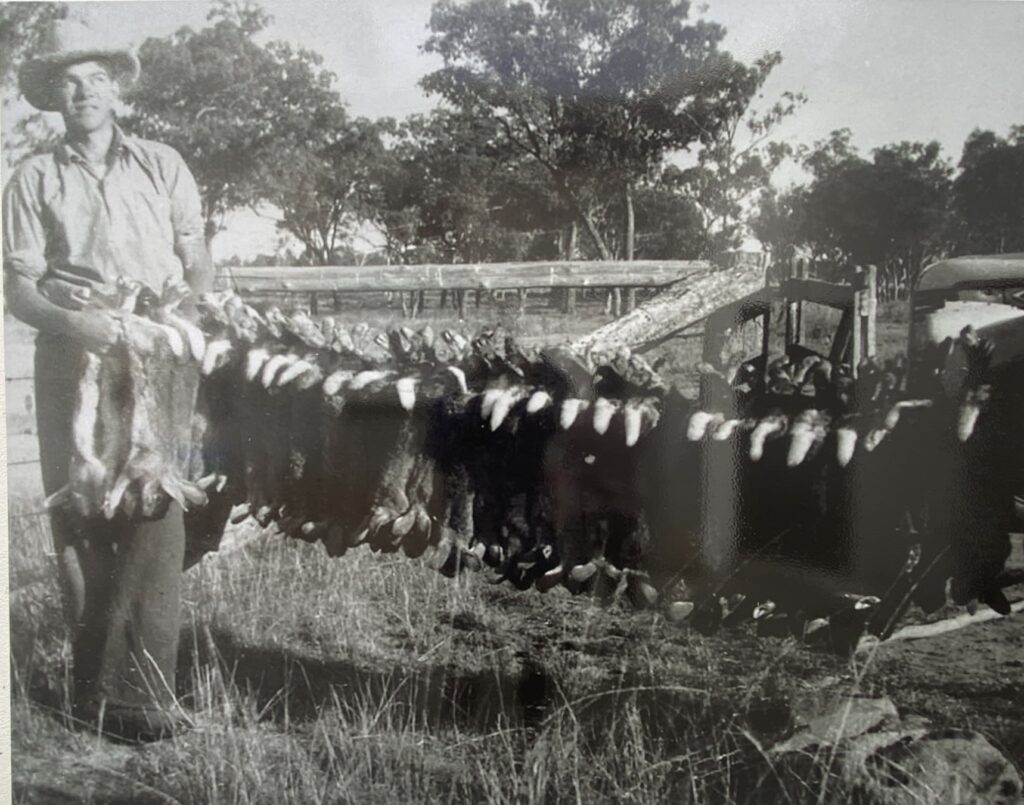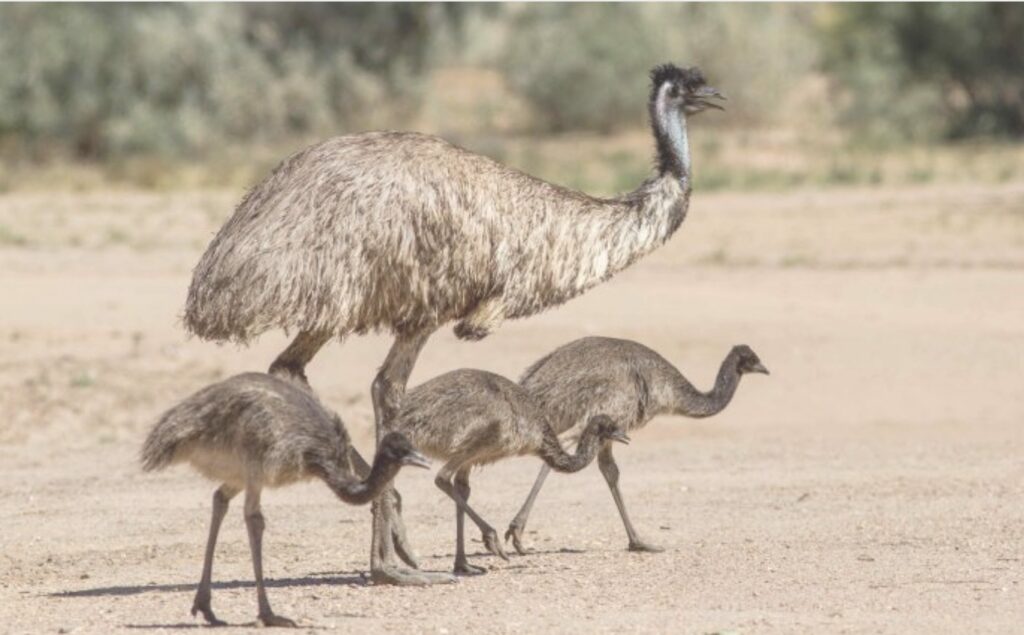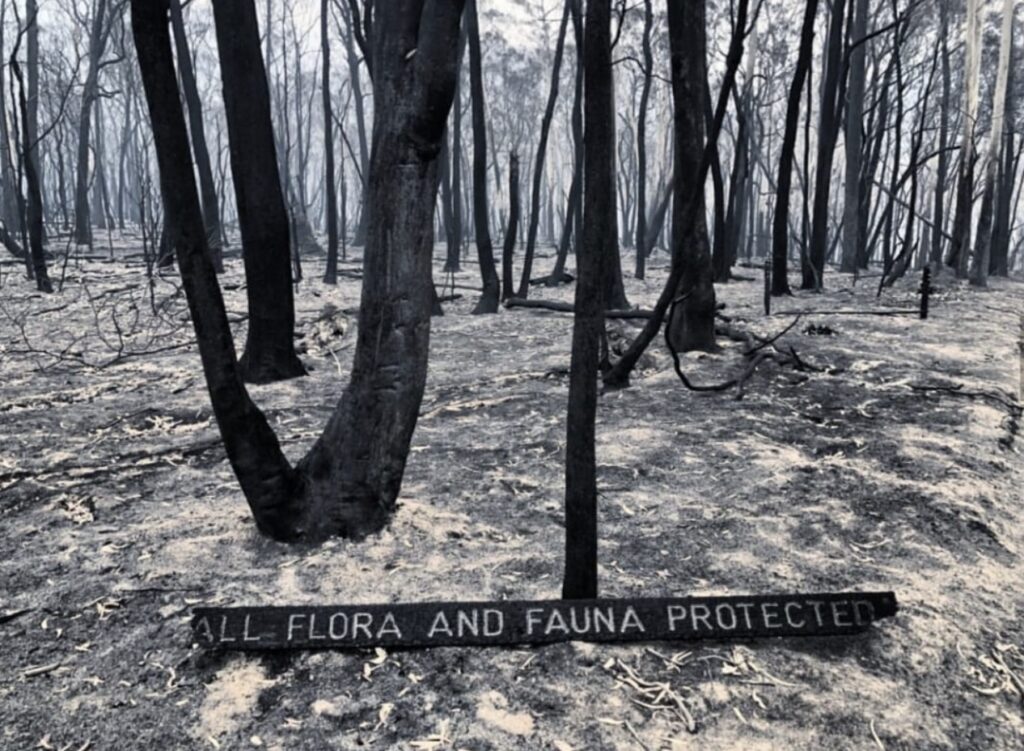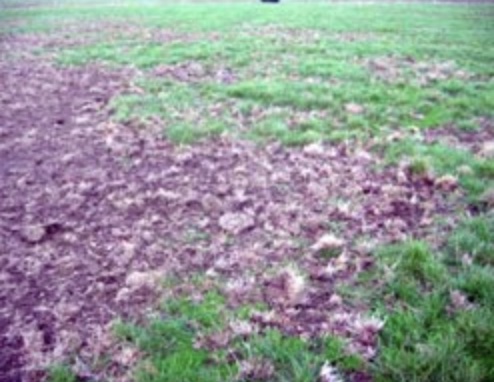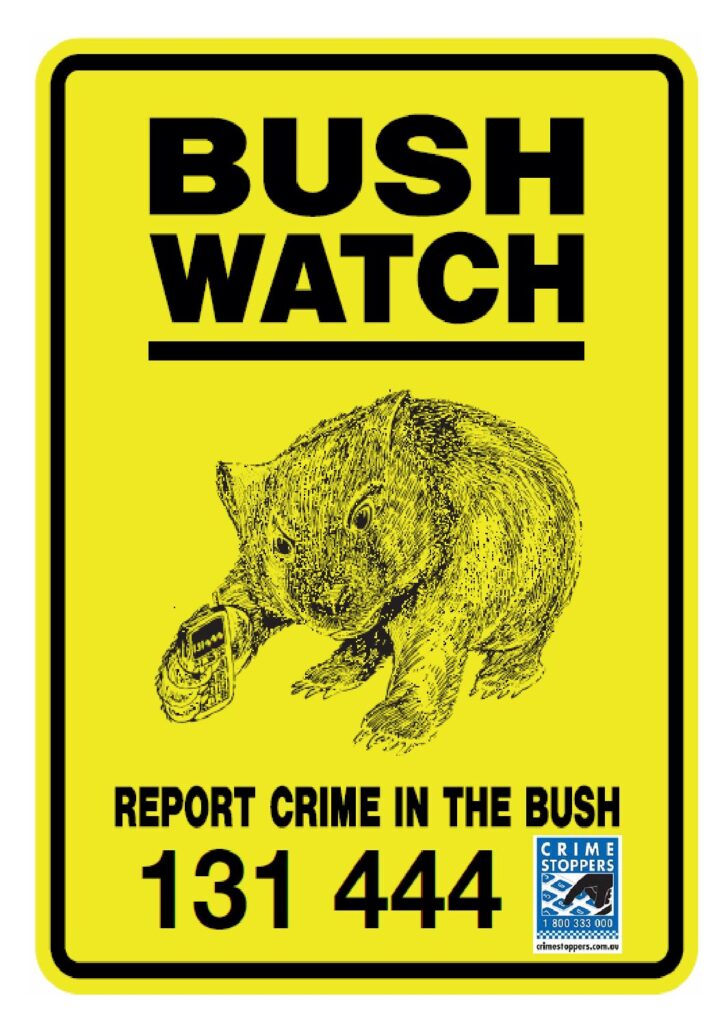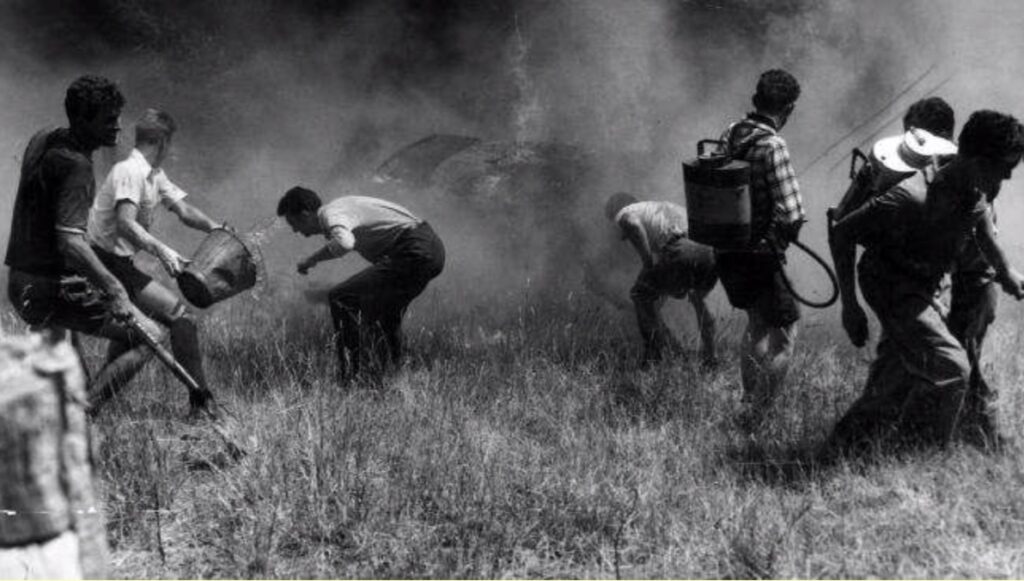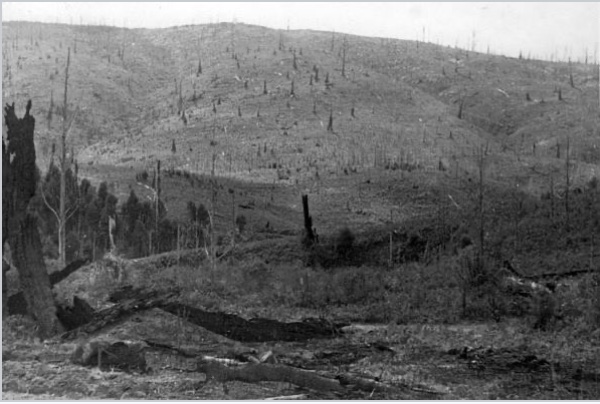Celebrating Wattle Day
Today is the first day of spring in Australia, a day we celebrate nationally as Wattle Day. It is the time of the year when some wattles flower producing an abundance of yellow inflorescence. One of the 1,070 wattle species is our floral emblem – the golden wattle (Acacia pycantha).… Read more
Celebrating Wattle Day Read More »
